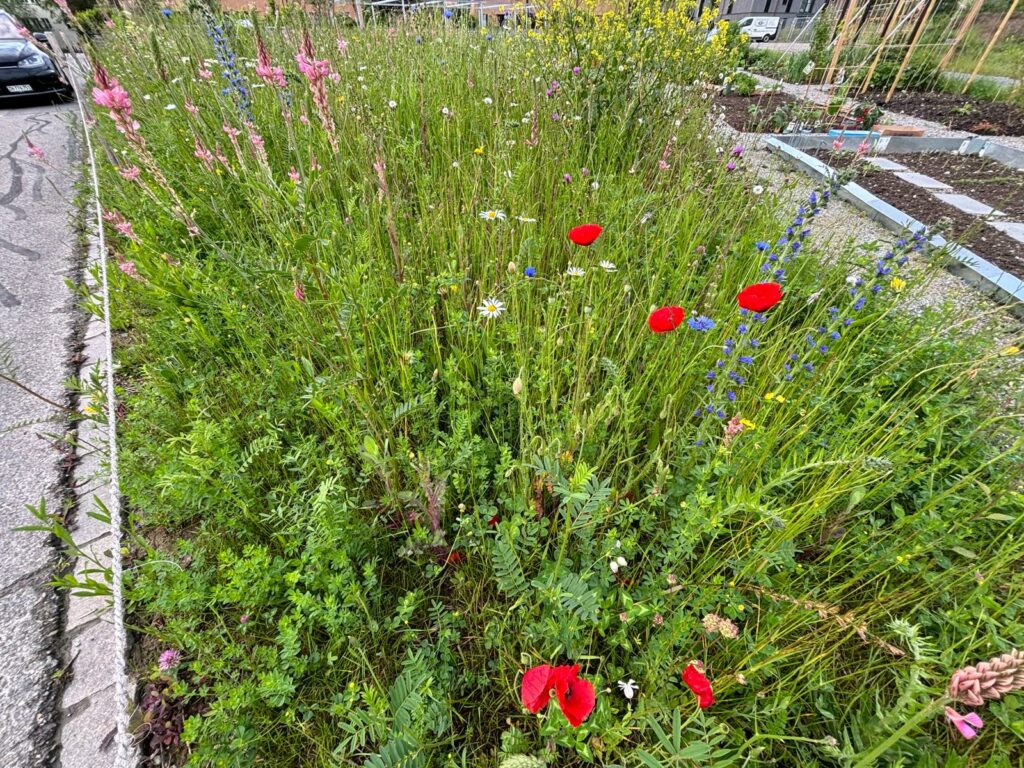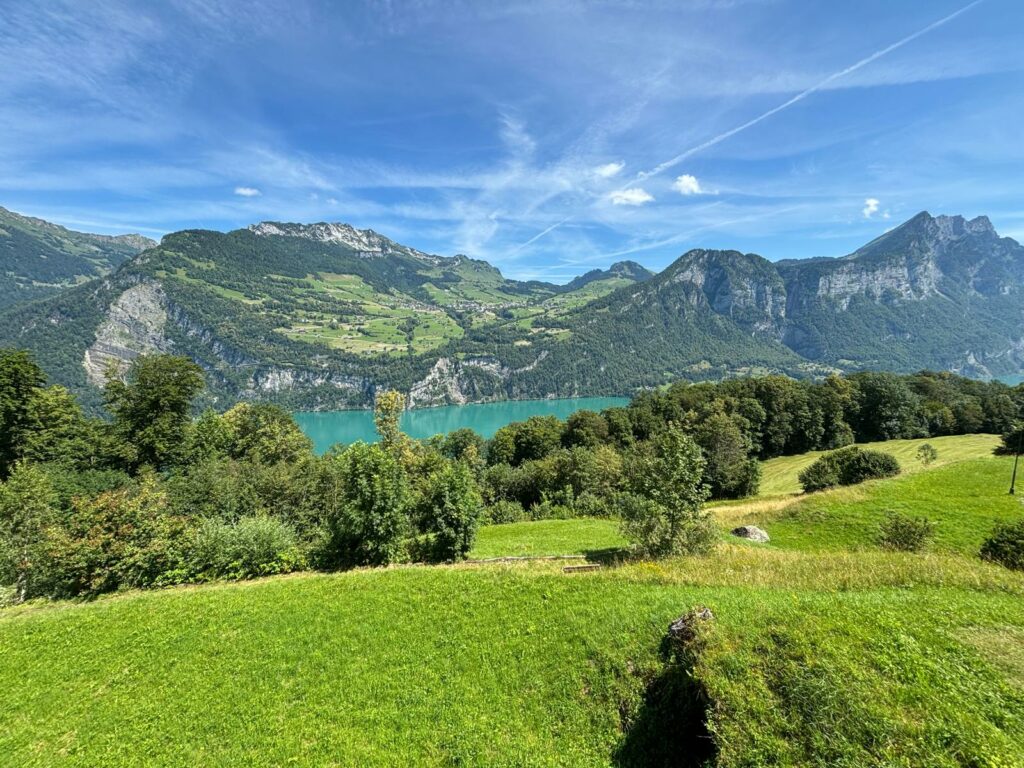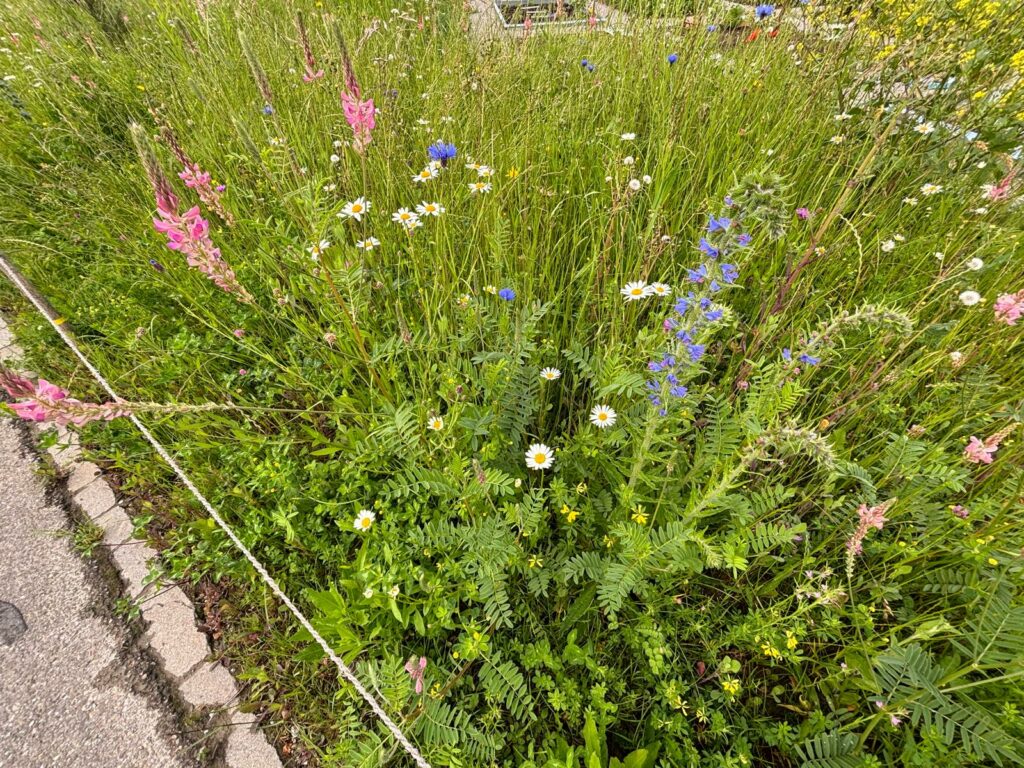BIODIVERSITY & SUSTAINABILITY


What is sustainability?
The term “sustainability” comes from the Latin word “sustinere” (tenere, to hold; sub, under). In environmental and economic sciences, the term sustainability refers to the condition of development that ensures that the needs of the present generation are met without compromising the ability of future generations to realize their own. The concept of sustainability was introduced at the first U.N. conference on the environment in 1972, although it was not until 1987, with the publication of the Brundtland Report, that the goal of sustainable development was clearly defined, which, after the 1992 U.N. Conference on Environment and Development, became the new paradigm for development itself.

What is meant by environmental sustainability: definition, examples, meaning
In the environmental sphere, the concept of sustainability means the process of change in which the exploitation of resources, the investment plan, the orientation of technological development, and institutional changes are all in tune and enhance current and future potential in order to meet human needs and aspiration
In order to make the Planet more environmentally sustainable, a number of strategies need to be put into practice, such as providing for more green areas and optimizing the viability within urban spaces, the use of a type of industrial production that has an increasingly low CO2-related environmental impact, the use of green technologies and renewable energy sources, as well as the adoption of individual lifestyles that favor the proper use of available resources, minimize waste, and provide for the proper disposal and recycling of consumed products
